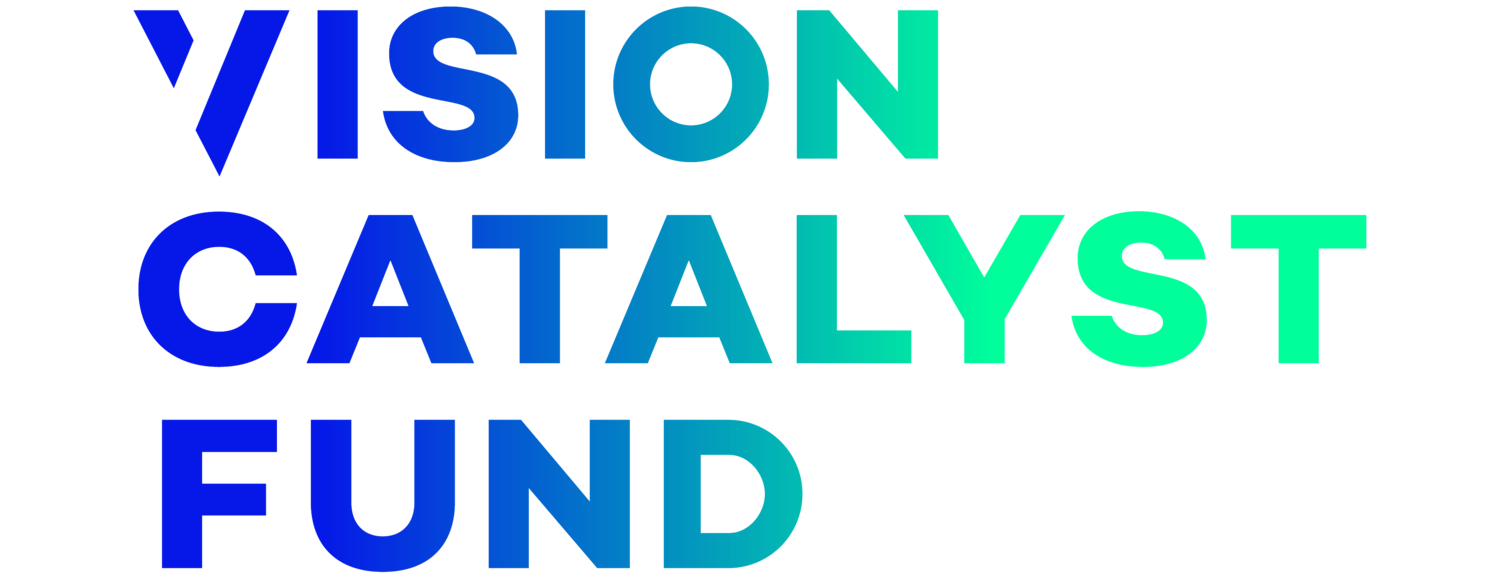How do we know where to start?
Dr Andrew Cooper is the Director of Programmes at the Vision Catalyst Fund and reflects on this very question.
In 1996 I started a three-month assignment at what was then the National Lottery Charities Board (now the National Lottery Community Fund). New to the world of funding, surrounding my minuscule desk were plastic crates filled with thousands of applications for grants from charities across the UK. It was somewhat overwhelming at first, but I soon learnt that there was a systematic process to assess the applications and make decisions on which ones would deliver the right results. At the heart of this process were transparent funding criteria. The criteria had been published and organisations, therefore, knew what they would be assessed against. Think of it just like a recruitment process, with the criteria being the person specification. Just like with recruitment, every applicant believes in their work, so it is important to have a fair and transparent process in making decisions that will change lives.
Fast forward to 2020 and I am setting up the programmes for the Vision Catalyst Fund (VCF), with the aim of unlocking human potential by bringing vision to one billion people within a generation. This is an ambitious goal and as Director of Programmes, it is my role to work out where we need to start, both in terms of developing a process, collaborating with others and finding suitable countries for our initial pilots.
Building on the World Health Organization’s World Report on Vision, the VCF will invest in government-driven national scale eye care programmes. The aim will be for the VCF to strengthen both markets (such as for glasses) and health systems (for other aspects of eye care) so that ultimately a domestically funded vision ecosystem is in place. There is considerable work in the vision space to build on already and much of this has helped us to draft our criteria for country selection.
We are now working with PwC in Australia to finalise the programme criteria, focusing on issues such as the level of unmet need in a country, the potential for collaboration across sectors, the commitment of governments to increase access to vision and the potential to learn from any programmatic work that we catalyse and support.
Once those criteria have been shaped further, we will seek feedback on them from across the eye health sector and beyond. We will then undertake an analysis of which countries could be a good fit. A co-design phase will follow with the relevant governments and other stakeholders, to define what exactly we want to achieve and how we will measure results.
The starting point for a global fund is, therefore, the same as for any funder. It is about learning from past and current work to develop transparent criteria which we can use to identify which countries will be most suitable for us to invest to achieve the desired results. It is a big challenge but an exciting one that has an incredibly rewarding goal at the end of it.


